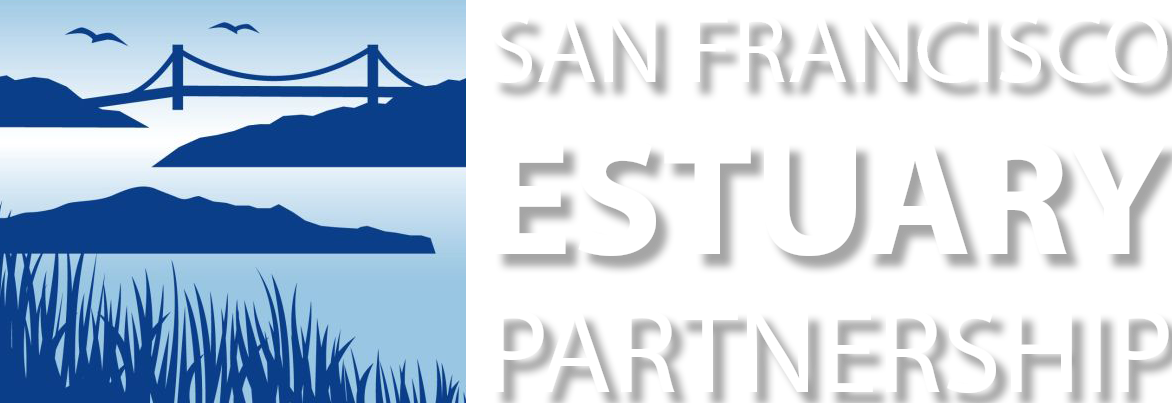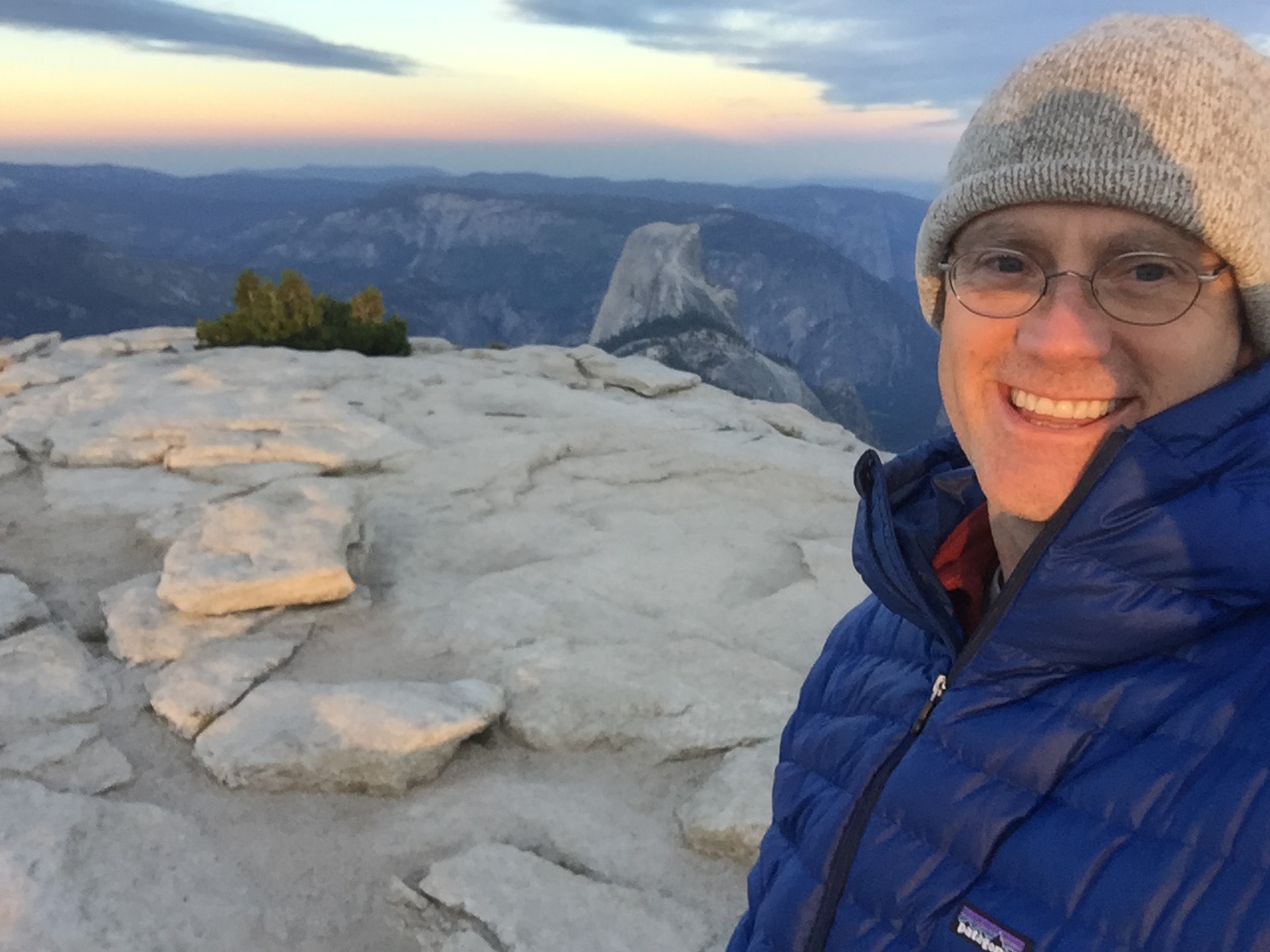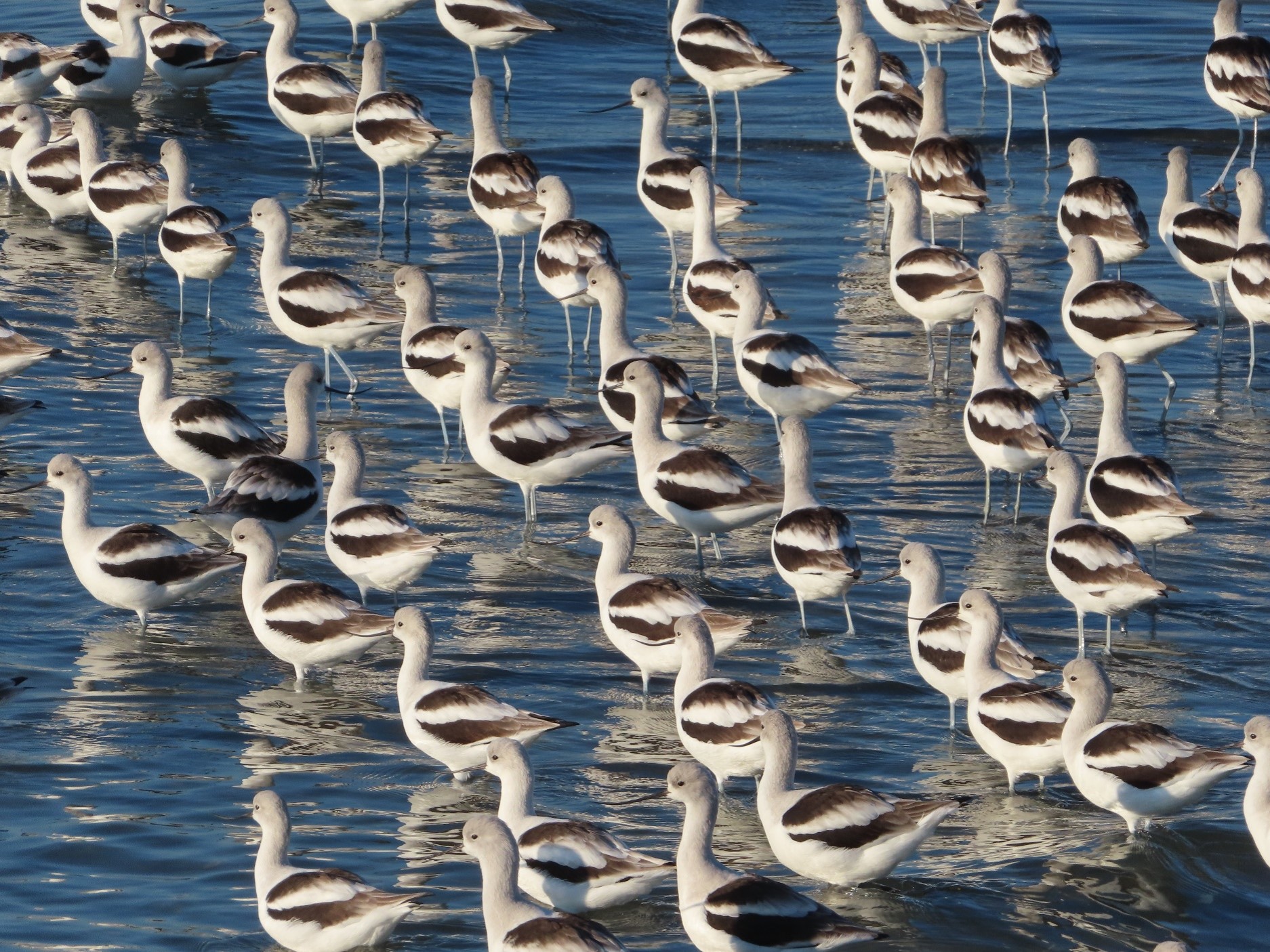“The existential challenge is doing marsh restoration fast enough to get it into place and established before sea level rise really starts to kick in,” says Halsing, the new Executive Project Director for the massive, 15,000-acre South Bay Salt Pond Restoration Project. The thoughtful and reflective restoration manager is seizing the reins from previous director John Bourgeois to lead the 50-year, $1 billion effort that is the largest wetland restoration project on the West Coast. “I had to take a shot at what was truly a unique, once-in-a-lifetime opportunity,” Halsing says of his new position. “Connecting with so many different agencies, communities, and stakeholder groups is a fascinating and rewarding opportunity. It touches on so many aspects of the natural and built environments in so many places–and thus on many parts of our lives–here in the Bay Area. How could I pass all of that up?” Halsing’s challenge is a big one, however. As sea level rise looms ahead, existing regulatory processes can be outdated and cumbersome, which sometimes impedes the creative new ideas needed for adaptation. Dirt and sediment logistics for quickly onlining restoration projects are tricky; as is balancing wildlife, recreation, public access and infrastructure needs. But Halsing points out there are many positives on the horizon. Regional collaboration to tackle sea level rise is much better than it used to be. The Measure AA funds passed by voters show the public’s commitment to protecting and preserving shoreline habitat. Even regulatory agencies have advanced recently, with support for beneficial sediment reuse and attempts to streamline restoration permitting like the recent multi-agency initiative to fast-track shoreline habitat projects. These efforts give Halsing, a Bay Area native who has worked on restoration in the San Francisco estuary as a consultant for the last 12 years, hope that his favorite shoreline places, like Point San Pablo, East Brother Island and the Giants stadium along McCovey Cove, will remain for future generations.









 The results are alarming for our state’s future: an estimated four to five feet of sea level rise and loss of one to two-thirds of Southern California beaches by 2100, a 50 percent increase in wildfires over 25,000 acres, stronger and longer heat waves, and infrastructure like airports, wastewater treatment plants, rail and roadways increasingly likely to suffer flooding.
The results are alarming for our state’s future: an estimated four to five feet of sea level rise and loss of one to two-thirds of Southern California beaches by 2100, a 50 percent increase in wildfires over 25,000 acres, stronger and longer heat waves, and infrastructure like airports, wastewater treatment plants, rail and roadways increasingly likely to suffer flooding.